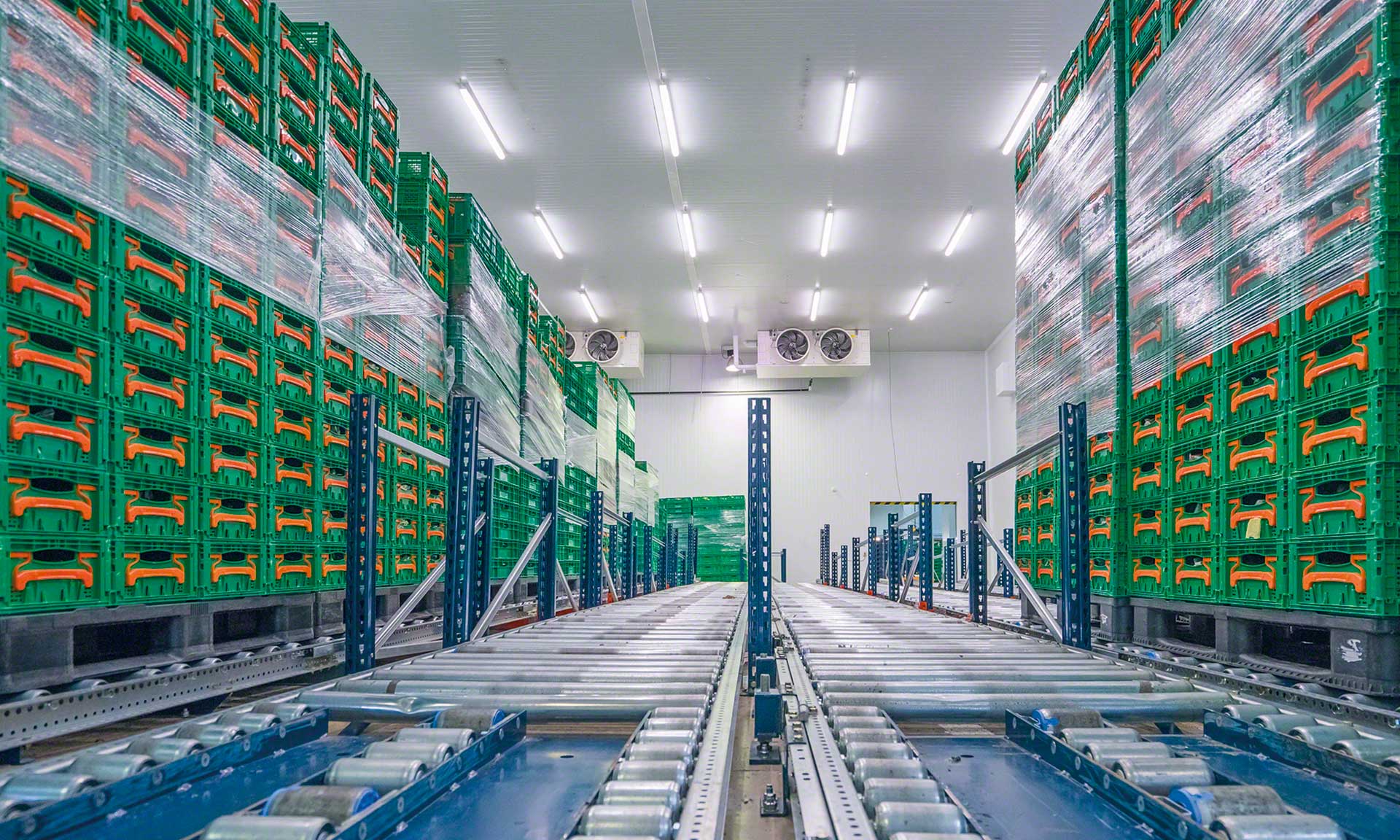In the world of logistics and supply chain management, temperature-controlled warehousing plays a pivotal role in ensuring the safe storage and distribution of perishable goods. Wisconsin, with its diverse agricultural and food processing industry, is home to a growing number of temperature-controlled warehousing facilities. In this blog, we will explore the importance of temperature-controlled warehousing in Wisconsin, provide key statistics, offer educational insights, and delve into all the aspects that make it a crucial part of the state’s economy.
Key Statistics:
- Economic Impact: Temperature-controlled warehousing contributes significantly to Wisconsin’s economy. The state is home to numerous warehouses, totaling millions of square feet in storage space, catering to various industries, including agriculture, food, pharmaceuticals, and more.
- Food Industry: With Wisconsin being known for its dairy products, cheese, and agriculture, temperature-controlled warehousing plays a vital role in preserving the quality of these products. The state’s cheese industry alone generates billions of dollars in revenue, with a substantial portion relying on cold storage.
- Temperature-Controlled Space: Wisconsin boasts a substantial amount of temperature-controlled storage space, helping to maintain the integrity of goods. These facilities can operate within a range of temperatures, from freezing cold to mildly cool, ensuring that products remain fresh and safe for consumption.
Educational Insights:
- The Cool Chain: Temperature-controlled warehousing is an integral part of the “cool chain” or cold chain. This term refers to the entire process of storing, transporting, and distributing temperature-sensitive goods. Warehouses in Wisconsin are crucial links in this chain, maintaining product quality from farm to table.
- Advanced Technology: These warehouses utilize state-of-the-art technology to monitor and control temperature, humidity, and other environmental factors. Automated systems and IoT devices ensure that goods are kept at the desired conditions throughout their stay.
- Regulatory Compliance: Temperature-controlled warehousing facilities in Wisconsin adhere to strict regulations and standards to ensure the safety and quality of stored products. They often comply with the FDA, USDA, and other relevant agencies’ guidelines.
Why Temperature-Controlled Warehousing Matters:
- Food Safety: These facilities are essential for preserving the safety and quality of food products. Maintaining the right temperature and humidity levels prevents spoilage and bacterial growth.
- Reducing Food Waste: By preventing spoilage and extending the shelf life of products, temperature-controlled warehousing helps reduce food waste, which is a critical concern in our world today.
- Year-Round Availability: By storing perishable goods under controlled conditions, consumers can enjoy fresh produce and products year-round, regardless of seasonal variations.
Conclusion:
Temperature-controlled warehousing in Wisconsin is an unsung hero of the state’s economy, helping to maintain the quality and safety of various goods, especially in the food industry. With advanced technology, stringent regulations, and a commitment to the “cool chain,” these facilities play a vital role in ensuring that consumers have access to fresh and safe products.
Whether you’re a business owner in need of such services or a consumer interested in learning about the logistics behind your groceries, understanding the significance of temperature-controlled warehousing in Wisconsin is crucial. These facilities are the unseen guardians of quality and safety in the products that make their way to your table.


 Dave McGowan has been a member of the WEL Family since May 1989. He is a husband and father of two children. Dave is also a U.S. Army veteran and served in Vietnam in 1971-1972, and he attended driving school soon after he was released from the military in 1974.
Dave McGowan has been a member of the WEL Family since May 1989. He is a husband and father of two children. Dave is also a U.S. Army veteran and served in Vietnam in 1971-1972, and he attended driving school soon after he was released from the military in 1974. During his career with WEL, Phil has worked as a driver, dispatcher, terminal manager and customer service manager. He says he always was a driver first, though non-driving jobs taught him financial management that helps him as an owner-operator.
During his career with WEL, Phil has worked as a driver, dispatcher, terminal manager and customer service manager. He says he always was a driver first, though non-driving jobs taught him financial management that helps him as an owner-operator.